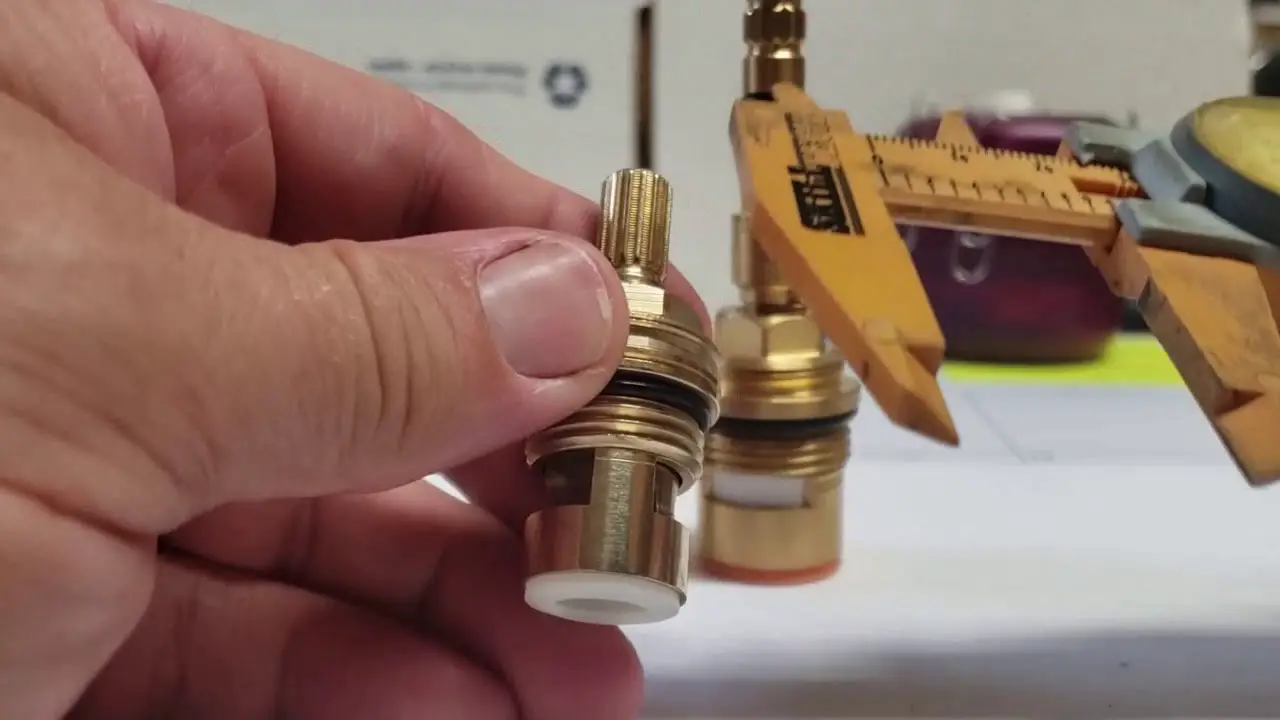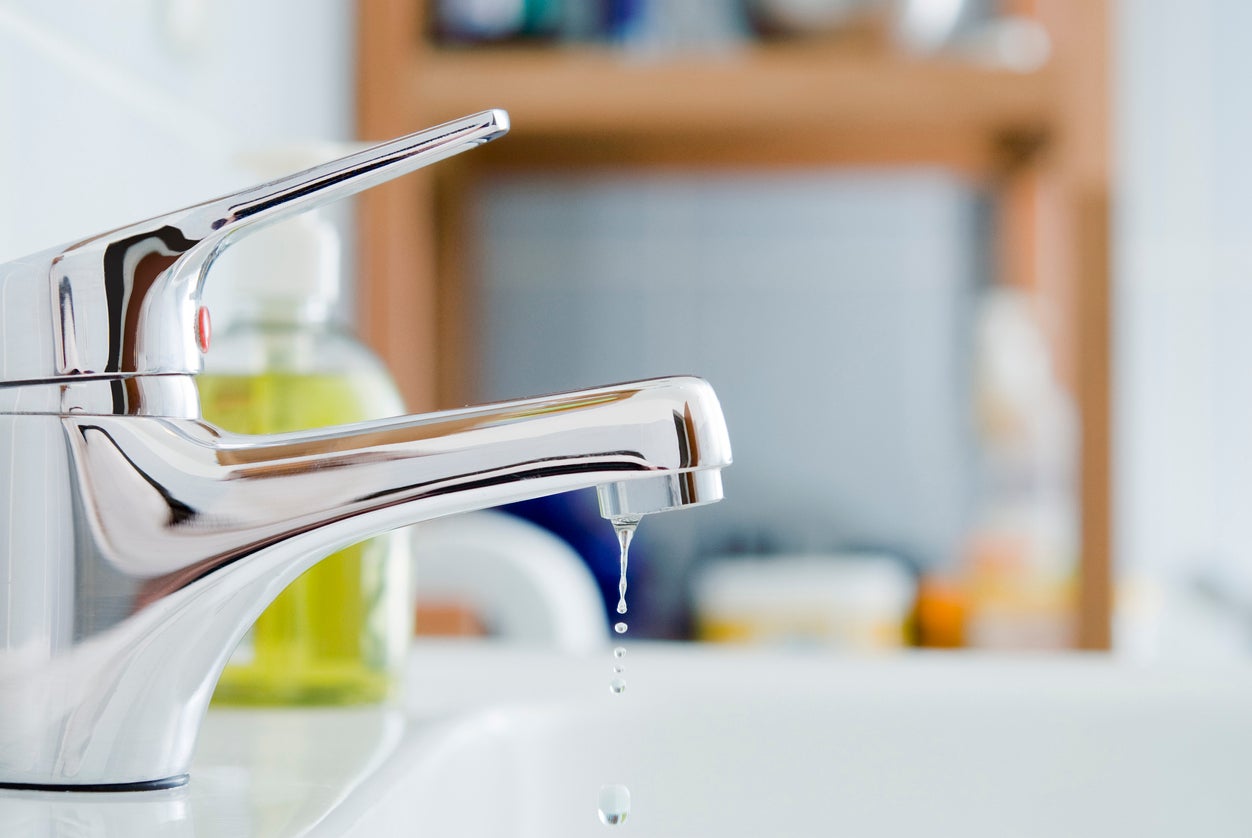How To Fix A Leaky Faucet (Cartridge Or Compression)
A leaking faucet can be an annoying and costly problem. Fortunately, fixing a leaky faucet is a relatively simple task that can be done with minimal tools and a bit of effort. Depending on the type of faucet you have, you may need to repair a cartridge or compression faucet. Cartridge faucets are the most common type of faucet and require the removal and replacement of a cartridge within the faucet. Compression faucets, on the other hand, require the tightening of a nut to stop the leak. Both repairs are fairly simple and can be done in a few steps. With a few basic tools and a bit of time, you’ll be able to fix your leaky faucet in no time.
Identifying the Type of Faucet
When it comes to identifying the type of faucet you have, it can be a tricky task. First, you’ll need to determine what type of valve you have. There are three main types – compression, ball, and cartridge. Compression valves have handles that control the flow of water by pressing down on a washer. Ball valves have a single handle that controls both hot and cold water. Cartridge valves have two handles, one for hot and one for cold water. Once you’ve identified the type of valve, you’ll need to check the type of faucet. There are a few main styles – single-handle, two-handle, and wall-mounted. Single-handle faucets are operated with one lever that controls both the temperature and flow of water. Two-handle faucets have two separate handles for hot and cold water. Wall-mounted faucets are mounted directly to the wall and are typically operated with a single handle. With this knowledge, you can easily identify the type of faucet you have and make any necessary repairs or replacements.

Preparing for Faucet Repair
Preparing for a faucet repair can be a daunting task. But with a few simple steps, you can get your faucet back in working order in no time. Start by turning off the water at the main shutoff valve and draining the water from the faucet. Then, take the faucet apart piece by piece and inspect it for any visible damage or wear. Be sure to take pictures or notes along the way to help with reassembly. Once you have a good sense of what needs to be fixed, it’s time to get the proper parts and supplies. From there, you can begin the repair process, and soon enough you’ll have your faucet back in working order. With the right preparation and the right parts, faucet repair can be a breeze.
Replacing a Cartridge Faucet
Replacing a cartridge faucet is a surprisingly simple process that can save you both time and money. It doesn’t require any special tools or skills – just a few minutes of your time and a bit of elbow grease. To get started, you’ll need to turn off the water supply to the faucet, then remove the handle and the retaining clip. You’ll then need to remove the old cartridge and replace it with a new one. Finally, replace the retaining clip and handle and your faucet is good to go. With a few simple steps, you’re well on your way to having a working faucet in no time.
Replacing a Compression Faucet
A compression faucet is a type of plumbing fixture that controls water flow and temperature by using a knob or lever to press against a rubber washer. Replacing a compression faucet can be a relatively simple and inexpensive home improvement project. The process involves removing the old faucet, cleaning the sink, and then carefully installing the new one. Once the new faucet is in place, you can enjoy the benefits of improved water pressure and temperature control. With a few basic tools, a little patience, and a good set of instructions, anyone can easily replace a compression faucet.
Troubleshooting Common Problems
The blog section, “Troubleshooting Common Problems”, is designed to help you identify and solve common issues that arise in everyday life. From computer hardware and software to home appliances to car maintenance, this section provides step-by-step instructions to help you troubleshoot and resolve common problems quickly and easily. With our helpful advice and tips, you’ll be able to tackle any issue with confidence, saving you time and money. Don’t let common problems put a damper on your day – let our blog section help you get back up and running in no time.
Finishing the Repair
“Finishing the Repair” is an article about the importance of completing the repair process. While it is easy to start a repair process, it is important to ensure that the repair is completed in a safe and effective way in order to prevent any further damage or injury. This article explains how to finish a repair in a professional and efficient manner, and how to ensure that the repair is done right the first time. It provides tips on how to assess the situation before starting the repair, how to use the correct tools and materials, and how to complete the repair safely and effectively. This article is a great resource for anyone who needs to finish a repair, and it provides the knowledge and confidence to do the job properly.
Maintaining Your Faucet
Maintaining your faucet is an important part of being a responsible homeowner. A faucet is one of the most commonly used items in the home, so it needs to be in proper working order. Regular maintenance can help ensure that your faucet remains in good condition and functioning properly. Some basic maintenance tips include cleaning the faucet and surrounding surfaces regularly, repairing any leaking or broken parts, and replacing worn-out components. With a little bit of care and attention, your faucet can remain in top condition and serve you well for many years to come.
Benefits of Professional Faucet Repair
Having a professional repair of your faucet can be beneficial in the long run. Not only is it cost-effective, but it also ensures that the job is done correctly the first time. Professional faucet repair can also help prevent further damage to your plumbing system, which can save you time and money down the line. Professional faucet repair technicians are trained to find and fix underlying issues that may be causing the problem. They also have access to the latest tools and technology to properly diagnose and repair your faucet. Furthermore, professional faucet repair services can help minimize the chances of having to replace the entire faucet, which can save you money in the long run. So, the next time you need to repair or replace a faucet, make sure to call a professional.
Conclusion
Fixing a leaky faucet can be a daunting task, but with the right tools and an understanding of the process, it can be done with relative ease. Cartridge and compression-type faucets are two of the most common types of faucets, and the process for fixing them is similar. First, use a screwdriver to remove the handle and trim, then locate the cartridge or compression washer. Replace the cartridge or washer if necessary, then reassemble the faucet. With a few simple steps, your leaky faucet should be fixed in no time.







